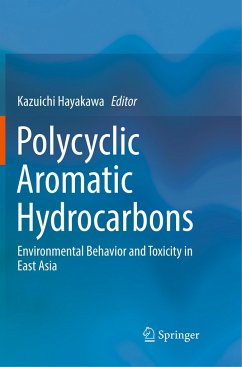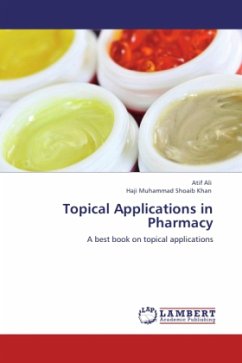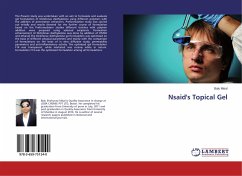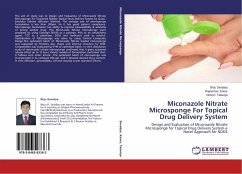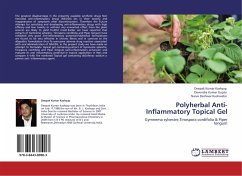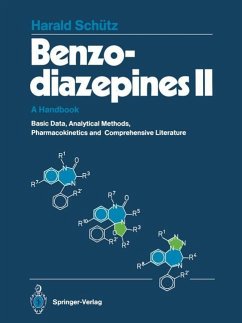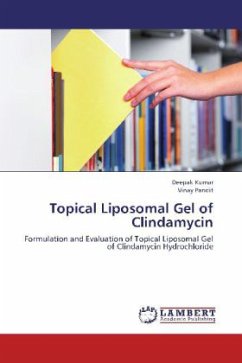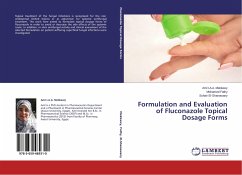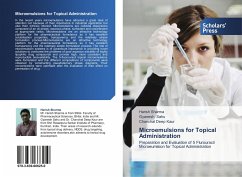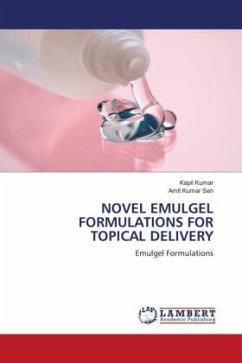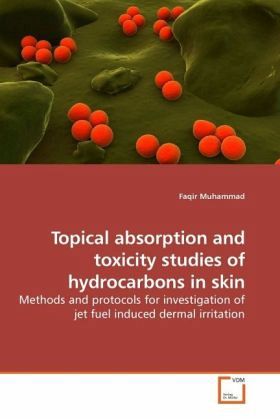
Topical absorption and toxicity studies of hydrocarbons in skin
Methods and protocols for investigation of jet fuel induced dermal irritation
Versandkostenfrei!
Versandfertig in 6-10 Tagen
45,99 €
inkl. MwSt.

PAYBACK Punkte
23 °P sammeln!
Dermatitis is a major health concern associated with jet fuel exposures. The initial study addressed the possible mechanism for additive interactions on hydrocarbon disposition in synthetic and biological membranes. The remaining studies focused on neat hydrocarbon absorption and toxicity in pig skin. A dose related increase in percutaneous absorption of aromatic hydrocarbons was observed. This finding focuses attention to occupational settings where workers are repeatedly exposed to fuels. To assess the effects of jet fuel pre-exposure on subsequent hydrocarbon dermal absorption, pigs were ex...
Dermatitis is a major health concern associated with jet fuel exposures. The initial study addressed the possible mechanism for additive interactions on hydrocarbon disposition in synthetic and biological membranes. The remaining studies focused on neat hydrocarbon absorption and toxicity in pig skin. A dose related increase in percutaneous absorption of aromatic hydrocarbons was observed. This finding focuses attention to occupational settings where workers are repeatedly exposed to fuels. To assess the effects of jet fuel pre-exposure on subsequent hydrocarbon dermal absorption, pigs were exposed to JP-8 soaked cotton with 4 repeated daily applications to mimic the occupational scenario. There was a 2-3 and 3-4 fold increase in absorption of short chain aliphatic and most of the aromatic hydrocarbons through 1- and 4-day JP-8 pre-exposed skin, respectively. Stratum corneum studies with FTIR spectroscopy suggested that lipid extraction might be the primary mechanism for this increase in hydrocarbon absorption. Finally, in vivo studies with the individual fuel hydrocarbons were conducted to identify the causative agents in fuel induced skin irritation.



